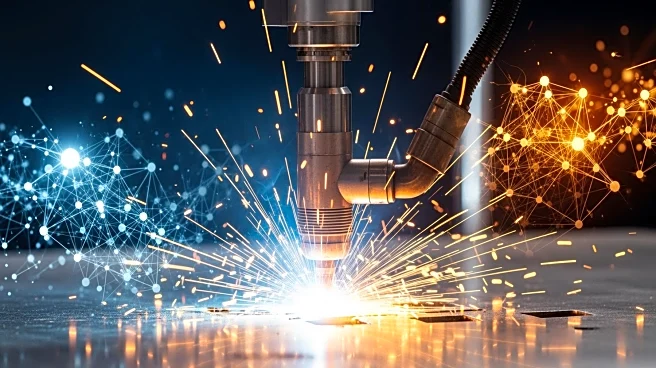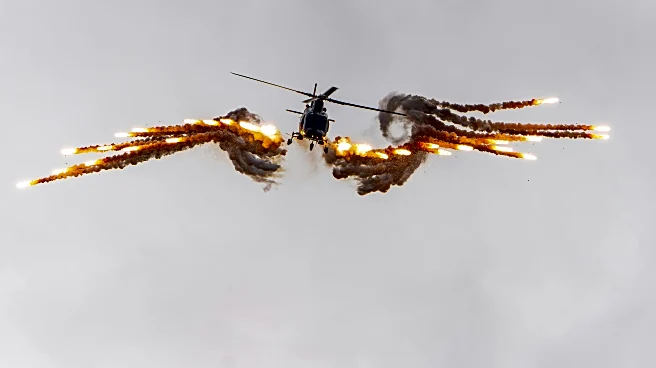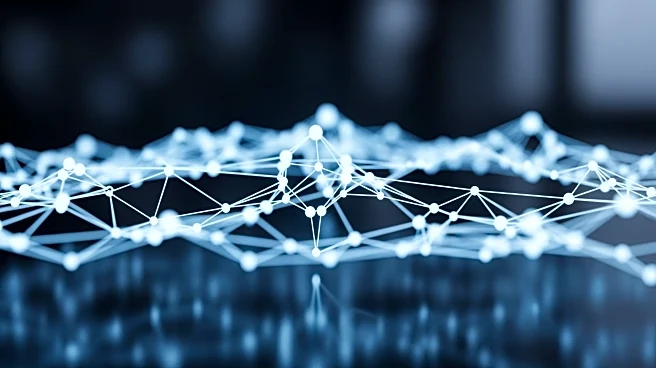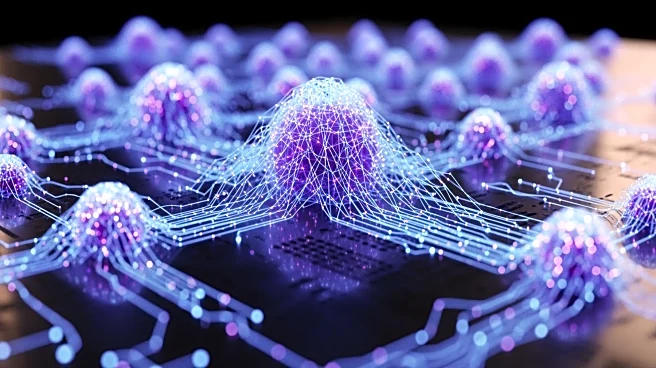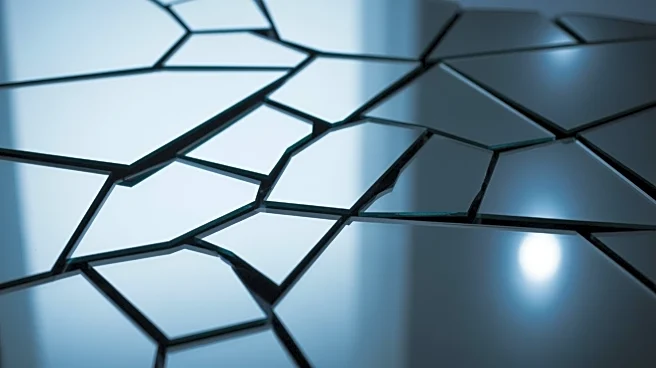What's Happening?
Researchers have developed an automated weld defect detection system using a novel deep learning model based on the UNet architecture. The system employs gated attention and squeeze and excitation fusion
techniques to improve segmentation accuracy and feature discrimination. The dataset used for training includes images of fillet welds, which are annotated and processed to enhance the model's ability to detect defects. The architecture integrates convolutional block attention modules to prioritize defect-relevant information while suppressing background noise. This approach aims to improve the detection of weld defects, such as porosity, by focusing on spatially significant regions.
Why It's Important?
The development of this automated detection system represents a significant advancement in quality control for welding processes. By improving the accuracy and reliability of defect detection, the system can enhance the safety and performance of welded structures, which are critical in industries such as construction, automotive, and aerospace. The use of advanced neural network techniques allows for more precise identification of defects, reducing the risk of structural failures and improving overall product quality. This technology could lead to cost savings by minimizing the need for manual inspections and reducing the likelihood of costly repairs.
What's Next?
Future research may focus on expanding the dataset to include a wider variety of weld types and imaging conditions, improving the model's generalization capabilities. Researchers might also explore the integration of this technology into real-time inspection systems, allowing for immediate feedback during the welding process. Collaboration with industry partners could facilitate the adoption of this technology in manufacturing settings, enhancing quality control measures. Additionally, further development of the neural network architecture could lead to improvements in other areas of automated defect detection.
